Planting black currant and the secrets of caring for it
There are many types of berry bushes found in summer cottages. But in the list of preferences of their owners, black currant is in the first place: its planting, like caring for plants, does not cause difficulties, it is not afraid of harsh winters, begins to bear fruit early and thanks the owner for years for taking care of generous harvests. It is easy to propagate it, and this can be done in different ways. And everyone knows about the benefits of its berries and leaves.
Soil and lighting requirements
Black currant is one of the most viable crops. It can grow almost anywhere. On the sand, in dense shade or in flooded lowlands, its bushes will turn out to be less lush, but even in such conditions they will not die. The plant will be most comfortable in areas open to sunlight with moderately moist soil, protected from wind and drafts.
A shrub is also planted in light partial shade. But in this case, expectations about the harvest should be reduced: a lack of light will make black currant berries more acidic and reduce their number. To understand whether the chosen place is suitable for the plants, their appearance will help. In favorable conditions, they branch well, and their leaves are rich in color and look healthy.
Planting currants in fertile loose soil will be productive. It should freely allow air to flow to the plant roots and retain moisture. Light loam is ideal for a shrub. In dense soil, its development will slow down and yield will decrease. It is important to consider the reaction of the soil. It should be slightly alkaline or neutral. Currants do not like sour soil. Such soil will have to be limed before planting.
The culture is hygrophilous, but it grows and bears fruit poorly in swampy soil. It is best to plant shrubs on gentle slopes. It will be unsuccessful to place it in closed lowlands or on sand, as well as on lawns. The distance to groundwater should be at least 0.5-1 m.
Landing time and scheme
Black currants are planted in spring and autumn. Basically, summer residents prefer the second option. Bushes placed on the plots in the spring begin to grow quickly, so it is more difficult for them to root. There is one trick in which planting black currants at this time will be successful. For her, you need to choose plants whose root system is closed. They take root easier and faster in the open field if they are watered abundantly. You can place them in summer cottages at almost any time.
Autumn planting in the middle lane is usually carried out in early October, at the latest - in the middle of the month. Under the weight of the snow, the earth around the currant bushes will be compacted naturally. They will wake up early in the spring and show rapid growth.
Planting black currants in a row has already become a tradition. This placement makes it easier to care for her bushes and saves space on the site. They leave 1-1.25 m between neighboring plants. Some summer residents increase this distance to 2 m. It is important to take into account the proximity of other shrubs and trees when planting. At least 1.5-2 m recede from the first, 3-4 m from the second. Currants grow quickly. When only 3-4 years have passed, the seemingly bare area will not be recognized.
Advice
If you want to get the harvest earlier, you can leave less space between the bushes (70-80 cm). With a dense planting, they will begin to bear fruit after 2-3 years, but fewer berries are formed on them, and they will age faster.
Having decided to place the currants near the fence or walls of buildings, you need to leave enough space for it.The minimum distance to them is 1.2 m. It will not be possible to harvest from the branches pressed against the fence.
Seedling selection and site preparation
Preparing a place in the country for currant bushes will not take much time. If earlier this site was used for growing vegetable or flower crops, it is simply dug well, going deeper by 1 bayonet of a shovel and picking out the roots of perennial weeds from the soil. Deep depressions or pits are covered with soil, carefully leveling the surface.
To plant black currants correctly means taking into account the peculiarities of crop rotation. So that the plants have enough nutrients and they are less sick, the culture is returned to the previous site only after 3 years. They adhere to the same recommendation if gooseberry bushes used to be at the planting site.
For those who don't have time to wait, there are 2 options:
- find another site;
- depart from the old at least 1 m.
When choosing a seedling, they carefully examine it. A viable plant has lignified and branched roots. 3-5 of them should be skeletal and reach a minimum of 15-20 cm in length. A quality seedling has 1-2 (or more) 30-40 cm branches. The plant should look fresh and free from signs of infection and pests.
Pay attention to the specific characteristics of the variety:
- its compliance with the local climate;
- the presence of immunity to diseases;
- frost resistance.
The harvest will be more plentiful, and the berries will be larger if you plant several varieties of crops in the country. This rule applies even to self-fertile blackcurrant species. Planting in areas of plants with different flowering periods will help to insure against return frosts. So even in a cold spring, it will be possible to get a crop from at least a few bushes.
How to plant currants correctly
Planting currants begins with the preparation of the pit. It is usually made shallow (35-40 cm) and wide (50-60 cm in diameter). If the soil in the country is poor, the size of the pit is increased so that it can be filled with a nutritious substrate. Lay it out in 2 layers. Fertile soil is poured at the bottom, adding the following components to it:
- compost;
- rotted manure (peat can be used instead);
- wood ash or potassium sulfate;
- superphosphate.
About of the pit volume is filled with this mixture. It should be under the roots of the seedling. The rest of the deepening will be taken by simple fertile soil without fertilizers. After sprinkling a nutritious substrate with it, they begin to plant a plant.
Its roots are examined. If damaged or dry areas are identified, they are trimmed to healthy tissue. With proper planting, the bush will be 5 cm below the mark at which it grew before it. The root collar should be underground (at a distance of 6-8 cm from the surface). This will give an impetus to the intensive formation of basal buds, and the bush will grow lush.
The next step is abundant watering. ½ a bucket of water is brought into the pit itself and the same amount into the hole, which is made at the landing site. Then the soil under the bushes is mulched without covering the plants themselves.
As mulch, you can use:
- peat;
- compost;
- straw;
- sawdust.
The recommended thickness of a mulching layer made of organic materials is 5-8 cm. If they are not at hand, use dry soil. It is poured in a thinner layer (1-2 cm). Planting ends with pruning of the plant. Only a stump is left from it, which should rise 7 cm above the soil surface.Do not spare the seedling. Already next year it will turn into a small but branched bush. Without pruning, this will take a season longer.
Soil processing and watering
Legends can be made about the unpretentiousness of black currant. But so that the plantings do not overgrow, and the yield does not fall, you still have to take care of them. The bush does not like the neighborhood of weeds. They are its main competitors in the fight for moisture and nutrients. Best of all, currants feel on a soil clean from any other plants.
It is impossible to spray herbicides near currant plantations, so there are 2 ways to remove weeds:
- weeding;
- mulching.
"General cleaning" of competing plants is carried out twice a season: in spring, when fertilizers have already been applied, and in summer, when the last berries are harvested.
Black currant responds well to soil loosening. Any garden tools are used for him: a hoe, a shovel, a pitchfork. Near the root collar, the soil is cultivated to a depth of 6-8 cm. Under the bushes, loosening is made more intense, affecting a 10-12-centimeter layer of earth. If the near-trunk circle is mulched, the soil remains moist longer and the frequency of loosening is reduced.
The roots of the shrub are located shallowly - only 50 cm from the soil surface. Therefore, currants cannot do without watering for a long time. Saplings and young bushes especially suffer from lack of water. Adult plants need regular moisture in June, when shoots are actively growing and berries are poured, and in late summer and early autumn, when flower buds of the next season are laid. Drying out of the soil during this period will lead to shedding of unripe berries and crushing of the remaining ones. It will also negatively affect the harvest of next year.
If the summer is dry, the plantings are watered often (at intervals of 7-10 days) and abundantly. For each plant, they spend 1.5-2 buckets of water. It is more convenient to water in grooves. They are dug around the bush, stepping back 20-25 cm from the tips of its shoots. If it rains periodically, 4-5 waterings per season will be enough for adult plants. Loves currants and leaf spraying. On hot days it is better to spend them more often.
Top dressing
With proper preparation of the planting pits, the cultivation of black currants on the site in the first 2 years does without additional feeding. When this milestone is passed, the plants will have to be fertilized annually. Some summer residents feed the plantings less often - once every 2 years. Currant reacts equally well to mineral and organic compounds. They are brought in mainly in autumn or early spring. Spreading humus or compost (4-5 kg per plant) and complex mineral fertilizer (about 40 g) under the bushes, they loosen the soil.
Closer to the end of spring (but before the beginning of summer), when the currant bushes enter the phase of active growth, another root dressing is carried out. To do this, it is good to use one of the following means:
- manure diluted with water in a ratio of 1: 8;
- poultry manure solution (1 part fertilizer per 10 parts water);
- infusion of herbs.
The nutrient composition is poured into the grooves, immediately sprinkling them. Each plant takes 1.5-2 buckets. The introduction of complex mineral fertilizers at this stage will be less useful, but you can also use it.
With the onset of flowering, currant bushes are watered with infused potato peel. The starch contained in it will increase the productivity of plants. A solution is prepared from dried potato peelings. They are added to boiling water (in a ratio of 1:10), covered with a lid and, having wrapped the container well, left to cool completely. For each currant bush spend 1 liter of the resulting composition.
Advice
In September, plantings are fed with phosphorus-potassium preparations. They will help your plants survive the winter with minimal damage.
Pruning
Growing black currants in the country involves regular pruning. It is most convenient to carry them out in the fall, when the bush is completely naked, exposing old and unnecessary branches. On an adult plant, young (under 5 years old) shoots are left. Old branches are cut strictly at soil level, leaving no stumps. The wound is treated with garden varnish.
Young shoots get rid of only in extreme cases - if they:
- injured;
- sick;
- poorly developed;
- thicken the bush.
Young plants also need pruning. In the first years of life, a bush is formed in a permanent place, shortening its shoots to 10-15 cm.After the procedure, 2 to 4 developed buds should remain on them.The next year, they get rid of small shoots, along the way removing weak branches. The skeleton of the bush begins to form, leaving a maximum of 4 well-developed zero-order shoots.
A year later, the focus is on first-order branches. Of these, the 5 most powerful are kept on the plant, and the rest are removed. By 4-5 years of age, the currant bush should have 15-20 skeletal branches. In the future, the task of the gardener becomes their sanitary and anti-aging pruning, which is carried out annually.
Supports and preparation for winter
In many varieties of currants, the bushes grow sprawling. This makes it difficult to care for them and leads to the fact that part of the crop is soiled in the ground. It is convenient to put props under such bushes. You can buy ready-made in stores or make them yourself. The easiest option is to drive stakes around the plant and pull off the branches with twine. But here it is important not to overdo it. Currant shoots should not be pressed against each other. That's right if there is a lot of free space between them.
After the autumn feeding, the planting is spud. If the soil in the area is heavy, it is better to dig it to a shallow depth without breaking lumps. This will keep more moisture in the ground. Light and loose soil in near-trunk circles can simply be loosened well by 5-8 cm. But you cannot do without digging the row spacing (by 10-12 cm). Watering is also required at this time, especially if the autumn is dry. 20-30 liters of water are added under each plant.
Before the onset of cold weather, it is advisable to tie the bushes with a rope or twine so that the branches do not break and do not bend to the ground under the weight of the snow. You can build a kind of fence of stakes around them. In winter, the bushes are covered with a thick layer of snow.
With the arrival of heat, the plants should be carefully examined. Frost-beaten branches are cut out, and the remaining ones are treated with Bordeaux liquid (1%). It is worth paying attention to the swelling kidneys. They can be infected with a tick. Signs of its presence are a strong enlargement of the kidneys, their inflated, rounded shape. It is impossible to leave such shoots on the bush; they must be removed and burned immediately.
Agricultural technology of black currant is simple, but its observance will allow you to get rich yields of tasty and healthy berries. From planting this particular shrub on the site, inexperienced summer residents should start their experiments. Currants, like no other culture, are tolerant of owner mistakes. Neither overflow, nor lack of nutrition and moisture, nor frosty winters, nor improper pruning can ruin it.
The reproduction of the bush will not bring trouble either. 6-year-old plants are the most productive, therefore, professionals in summer cottages do not allow plantings to grow old. When the currant bush reaches 3 years of age, cuttings are cut from it or the branch is bent to the ground and buried in it, receiving layering. They are deposited in a separate area. By the time the yield of the mother plant decreases, the first berries will already be tied on young bushes.
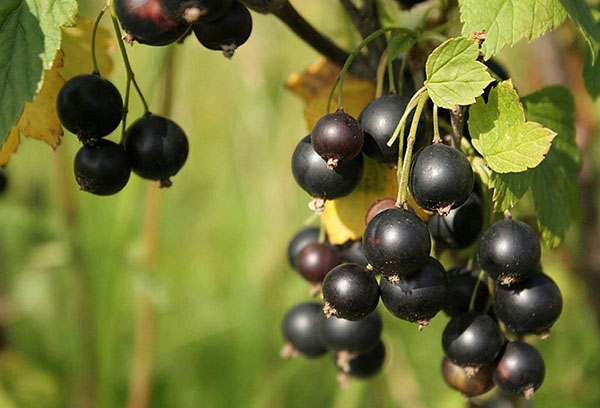
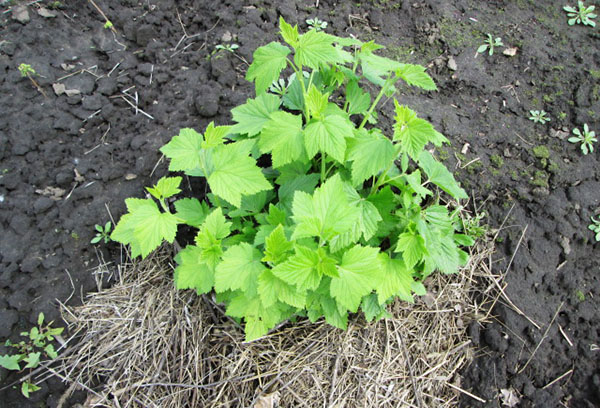
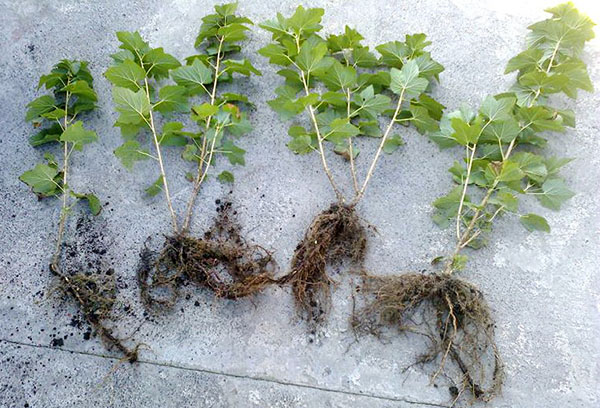
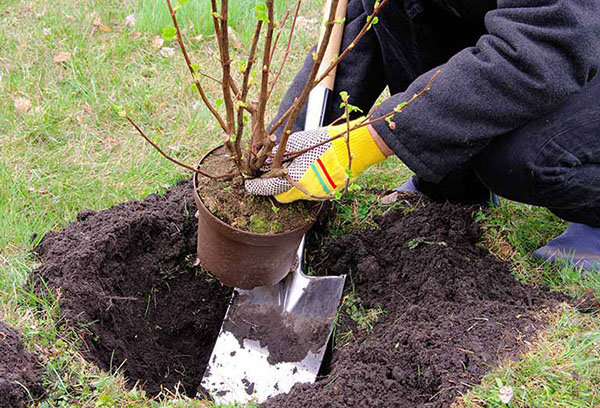

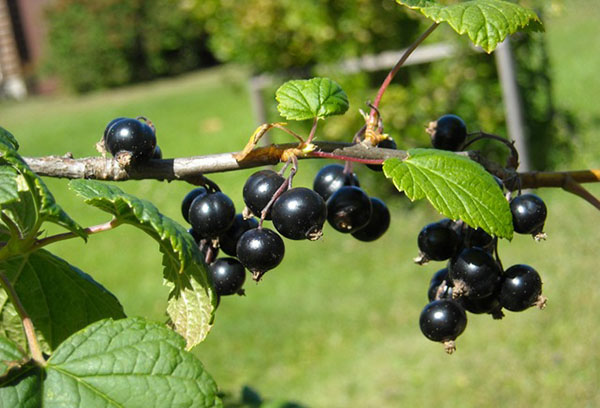
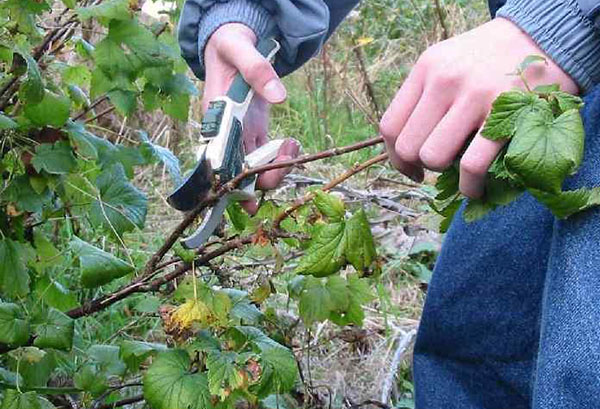
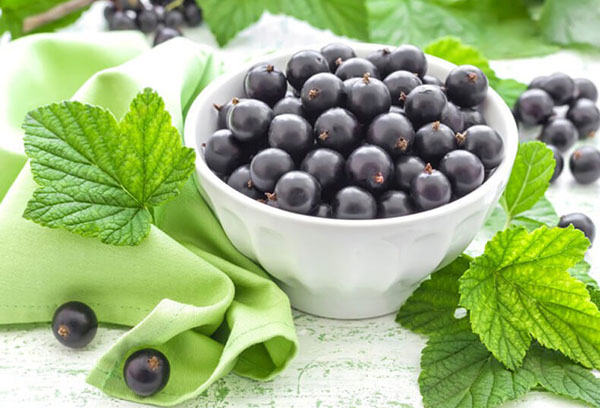
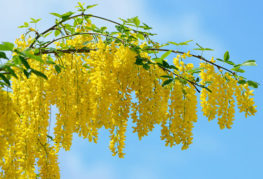
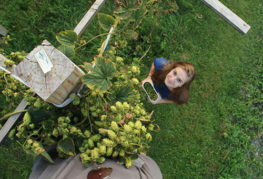
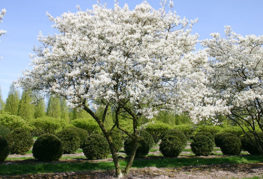
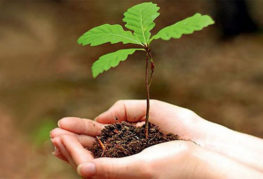
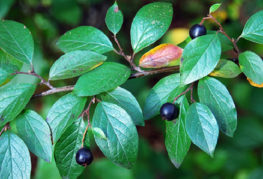
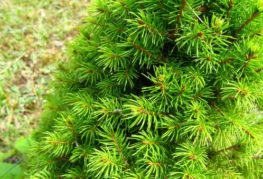
and will be published shortly.